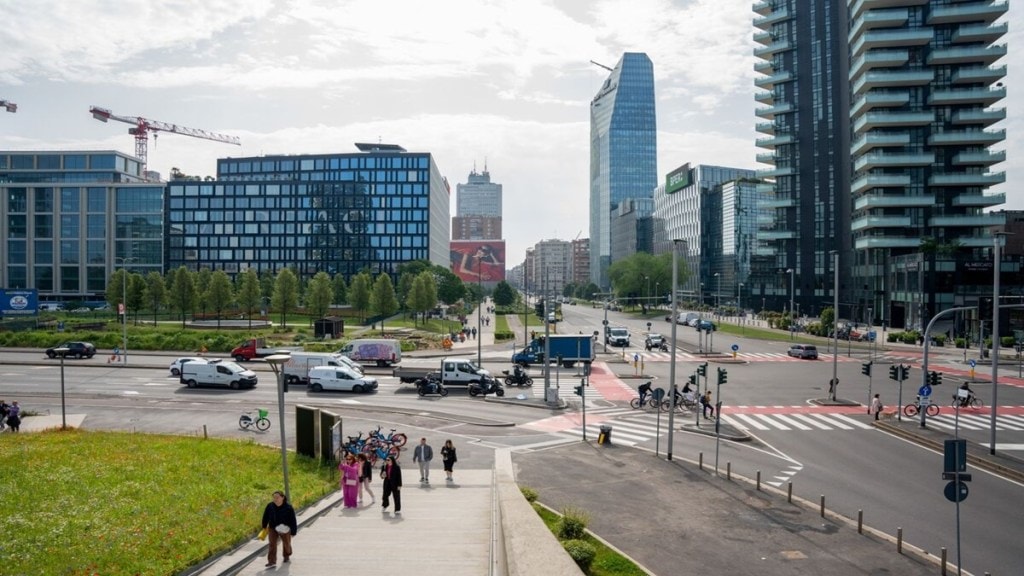Italy is allowing more foreign workers to take up jobs in the country. Italy announced that it will grant around 500,000 extra work permits for non-EU nationals between 2026 and 2028, reports Reuters.
To work in Italy as an employed worker, you must obtain a visa and an authorisation for employed work before you enter Italy. Then, you need to apply for a residence permit within eight days of entering Italy.
As a general rule, visas to enter the Italian territory (excluding Uniform Schengen Visas) cost €116. As for residence permits, their cost is €40 for stays between 3 and 12 months; €50 for stays between 12 and 24 months; and €100 for long-term residence permits, highly-qualified workers, and intra-corporate transferees.
A long-term residence status is granted after five years of continuous and legal residence. You must prove sufficient financial resources and your own accommodation.
Italy’s additional work permit measure is a part of a plan to increase legal immigration avenues in response to labor shortages.
A total of 164,850 people will be allowed in next year, aiming to reach a cumulative total of 497,550 new entries by 2028.
Since taking office almost three years ago as the leader of a right-wing coalition, Prime Minister Giorgia Meloni has made two similar decisions. Between 2023 and 2025, the administration had already decided to provide more than 450,000 visas to migrants.
Meloni has adopted a firm position against illegal immigration, enacting measures to expedite repatriations and restricting the operations of organizations that rescue migrants in the Mediterranean, in addition to regulations that permit the entry of new labor.
“The quotas were determined taking into account the needs expressed by the social partners and the actual applications for work permits submitted in previous years, with the aim of a programme that responds to the needs of businesses and is also realistic,” the statement said.
The third-largest economy in the euro zone has to draw in foreign labor due to an aging population and a declining birthrate. The population decreased by 37,000 to 58.93 million in 2024, continuing a ten-year pattern in which there were almost 281,000 more deaths than births.
According to a study by the think tank Osservatorio Conti Pubblici, Italy would need to accept at least 10 million immigrants by 2050 in order to combat the continuous depopulation and sustain present levels of inhabitants.
Italy has recently changed its citizenship rules. Millions of people who claim ancestral citizenship will be impacted by changes to Italy’s citizenship requirements. Italy has essentially increased its citizenship requirements for descendants of foreign immigration.
In the past, obtaining Italian citizenship just required a great-grandparent or great-great-grandparent. Before the establishment of the Kingdom of Italy on March 17, 1861, everyone having an Italian ancestor who lived after that date was eligible for citizenship.
Now, the qualifying requirements are limited to Italian nationals’ children and grandchildren by Giorgia Meloni’s right-wing administration. On Tuesday, May 20, 2025, the new Italian citizenship regulations that came into effect in March were formally enacted.
Italy also has a Golden Visa program for foreign nationals. The investment required for an Italian golden visa is a minimum amount of EUR 250,000 to a maximum of EUR 2 million. To be eligible for the Investor Visa for Italy, one needs to invest € 2 million in Italian government bonds or € 500,000 in an Italian limited company or € 250,000 in an Italian innovative startup or € 1 million in a philanthropic initiative.

